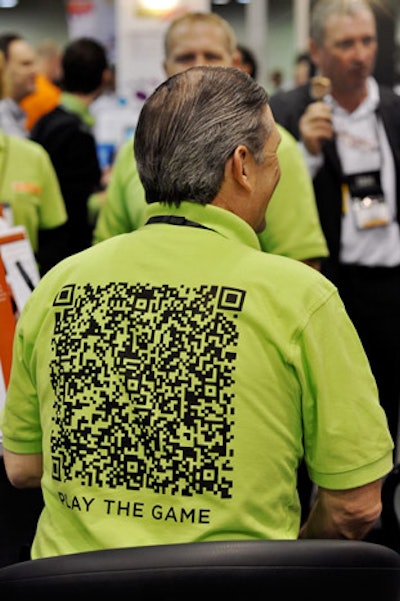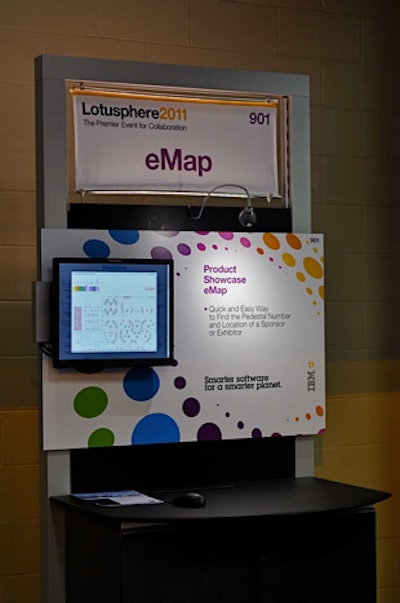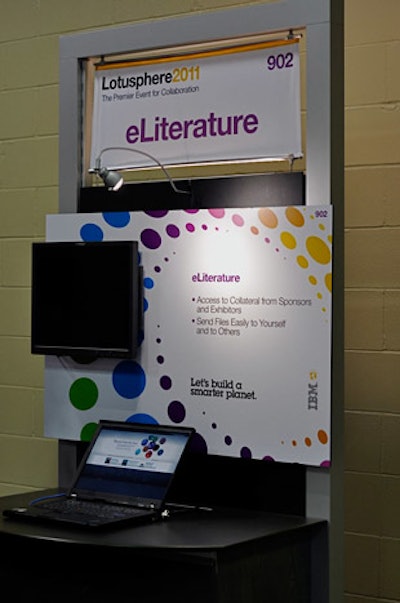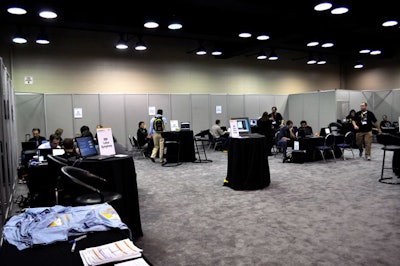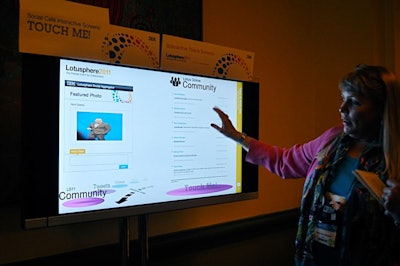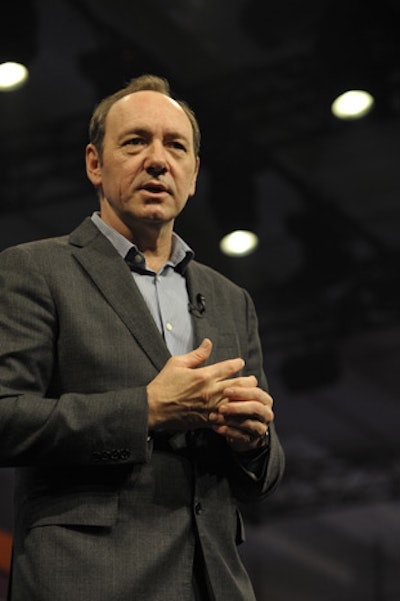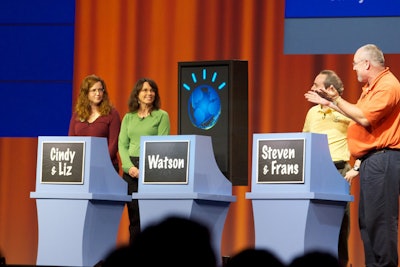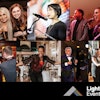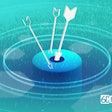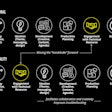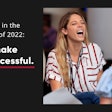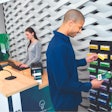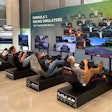I.B.M. created several new elements of the conference this year to tie into the theme of “social business.” First was a social media aggregator—a single online landing page that provided a live stream of blogs, Twitter comments, and Flickr photos, and live videos of three keynote sessions and interviews from the conference. By Wednesday, the site had 34,000 views of the video channel and more than 20,000 tweets tagged with the #ls11 hashtag. Mandelstein said initial data showed the site was receiving more than half of its traffic from outside the United States, giving the conference “much broader reach globally.”
I.B.M. also set up a partnership with Gowalla, a location-based social-networking service. As a media sponsor of Lotusphere, Gowalla created a custom program with nine “trips” that attendees could take by checking in at more than 300 locations around the conference. If attendees completed three trips, they could collect Gowalla prizes. The application also allowed users to post photos of check-in locations on sites such as Twitter and Facebook to share what they were doing with a broader audience.
The use of Q.R. codes helped attendees share information quickly and easily. (Q.R. codes—short for "quick response"—are those square bar codes that can be read by a smartphone’s camera.) At Lotusphere, I.B.M. used Q.R. codes at all of its booths in the product showcase instead of handing out printed materials. Attendees could scan the code, which would instantly create a link in their phone to a Web site with all of that exhibitor’s materials. I.B.M. vice president Mike O’Rourke created a Q.R. code with all of the session notes that appeared on the screen behind him as he spoke. Audience members could read the code with their phones to save the notes for later reference.
The conference also had five “social media cafes," each with a few small tables for attendees to use for work or meetings and a large, touch-screen monitor where attendees could access the social media aggregator and send information directly to their email accounts.
Organizers passed out 10 Flip video cameras for attendees to borrow, and encouraged them to shoot whatever they wanted—from keynotes to small-group discussions to exhibits—and then give them back to I.B.M. staffers, who would edit the video and put it up on the social media aggregator site. “We wanted a broader perspective, to crowdsource the content,” Mandelstein said.
During the next six months, I.B.M. will take Lotusphere Comes to You—a smaller version of the conference—to 300 locations around the world. The social media aggregator site will remain online during that time.


